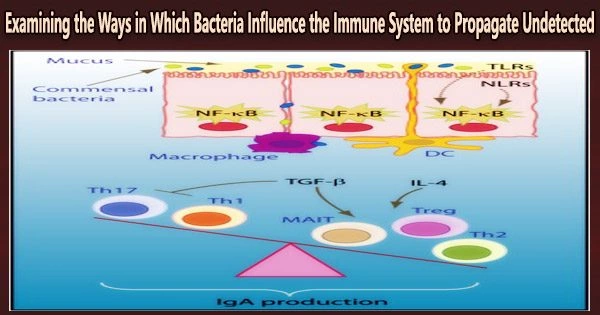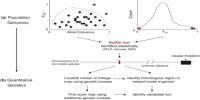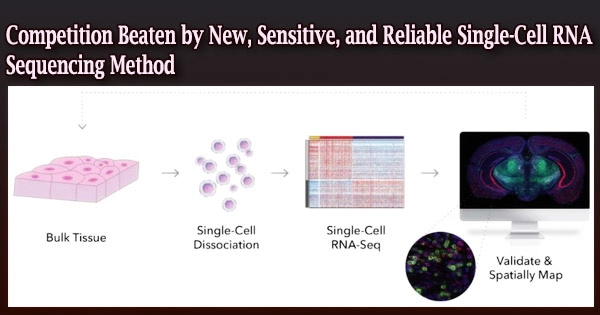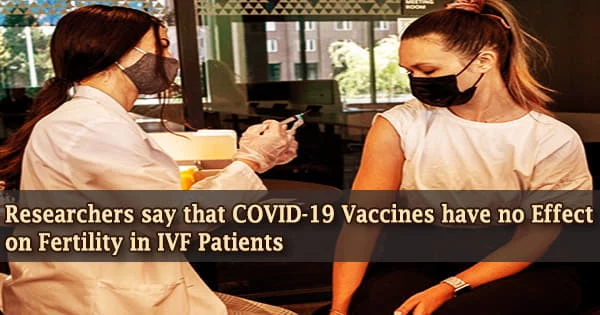Although bacterial toxins are often regarded as harmful substances, they can also mediate interactions between bacteria and the host immune system to promote chronic infection. On February 24 (2023), Anna Bergonzini will defend her thesis on the issue at Ume University’s Department of Molecular Biology.
Bacterial toxins are produced and released by bacteria causing illness. Yet, the bacteria can also take advantage of these tools to influence the host immune response and spread covertly, which is their ultimate objective.
In her research, Anna Bergonzini explores the specific circumstances in which genotoxins, a family of bacterial toxins that cause DNA damage in cells, are harmful and when they behave as negotiators.
Many studies indicate that these poisons have a part in the development and spread of gastrointestinal cancers. If that is the case, knowing the underlying mechanisms may help develop more specialized and tailored therapeutic solutions as well as more effective disease prevention methods.
These models allow us to investigate in a greater detail how the genotoxins manipulate the immune response, and they can provide valuable insights to the molecular basis of the host response to enteric pathogens.
Anna Bergonzini
The toxicity varies
While toxins are frequently used in cosmetic medical procedures and may also act as medicines that are useful in small doses but toxic in big doses, the word “toxin” is now used broadly to denote poison/danger. This suggests that the toxicity may vary depending on a number of variables, including the dose, the organs that are being targeted, and the general health of the person.
While a functional genotoxin causes cellular aging and DNA damage, it also decreases intestinal inflammation and lessens tissue damage, which enables the bacteria to penetrate the host covertly.
Understanding the circumstances in which genotoxins kill their target cells and the circumstances in which they act as negotiators is the main goal of the thesis.
Development of 3D models
“My focus to address this question is the development of suitable laboratory models, such as cellular 3D models, which should resemble the natural intestinal environment. Current in vitro studies are conducted mainly in two-dimensional settings, which lack important microenvironmental structures and immune factors,” says Anna Bergonzini.
By including several cell types that are often seen in the colon and by constructing various structures that mimicked a healthy gut vs. an inflamed gut, the study team created a 3D model.
“These models allow us to investigate in a greater detail how the genotoxins manipulate the immune response, and they can provide valuable insights to the molecular basis of the host response to enteric pathogens,” says Anna Bergonzini.
















